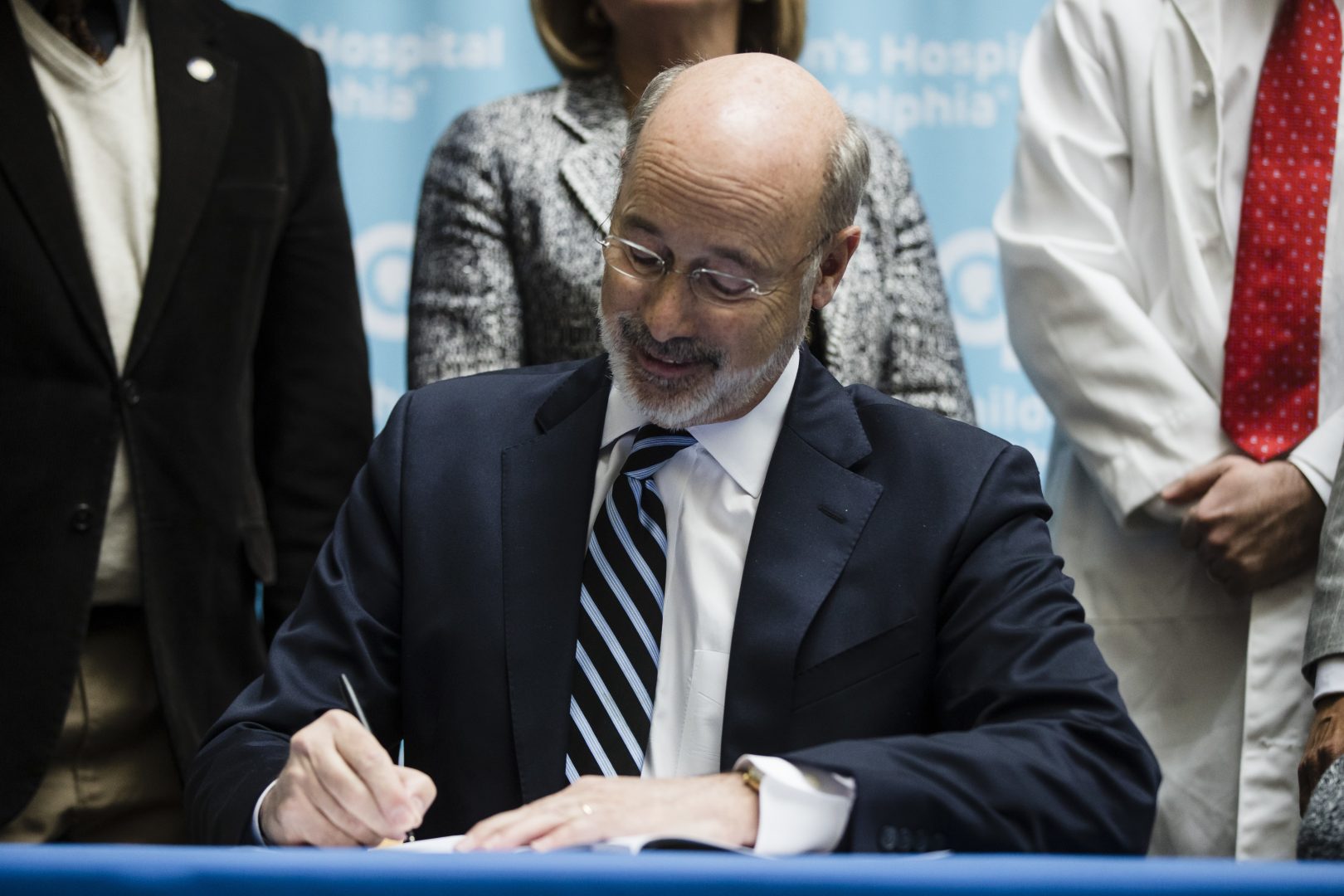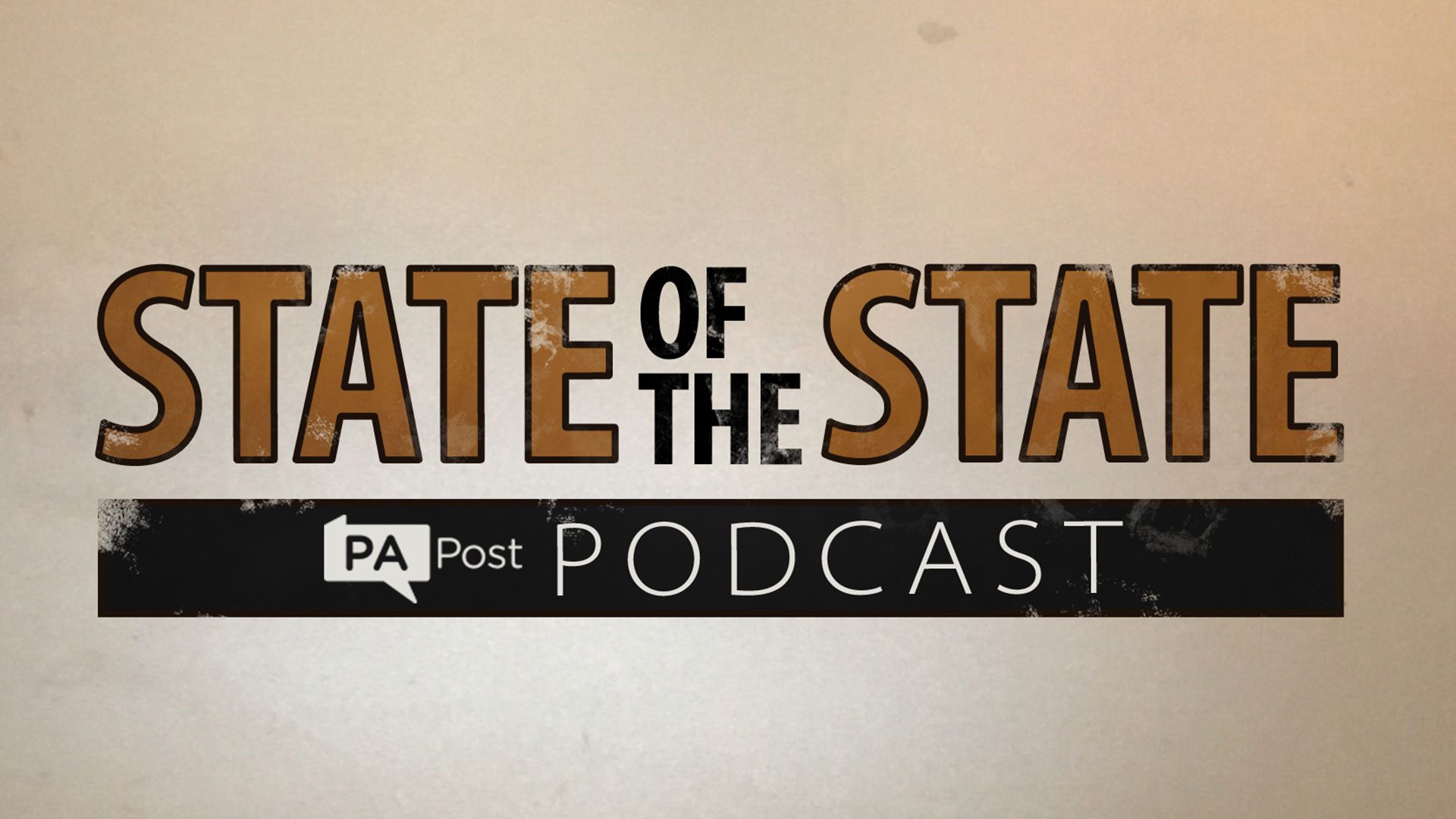
Governor Tom Wolf signs a bill into law.

Governor Tom Wolf signs a bill into law.

Governor Tom Wolf signs a bill into law.

This week, we’re taking a look at one of the most fundamental processes that happens in the state capitol: bills. More specifically, how they get drafted and circulated among state lawmakers, and where they come from.
The idea for this episode came out of an investigative story from USA Today, the Center for Public Integrity, and the Arizona Republic.
They built an algorithm to track model legislation. It’s also sometimes called copycat legislation. Basically, bills that are written in part, or in full by special interest groups that lawmakers in multiple states then introduce.
The story makes the case that by using model bills and heavy lobbying, these groups can have outsize influence on laws around the country.
And it had a very Pennsylvania-centric angle. Out of all the state lawmakers they fed into their algorithm, one had his name on the most bills: Philadelphia Republican Tom Murt.
The USA Today story found over 10,000 model bills sponsored in the last eight years. Murt, a moderate from the Philly suburbs, had his name on 72 of them. The story notes, he was surprised he came in first. He was the primary sponsor on only one of the bills.
There’s a lot we don’t know about the data in the USA Today story—like who was primary sponsor on the most bills, or whether many other lawmakers came close to Murt.
But what we do know is that model bills, in one form or another, have been part of state politics for a long time.
To get a better sense of where they fit into Pennsylvania’s process, we went to the source: Pennsylvania’s Legislative Reference Bureau—a nonpartisan office that helps lawmakers write bills, including model ones.
The days of journalism’s one-way street of simply producing stories for the public have long been over. Now, it’s time to find better ways to interact with you and ensure we meet your high standards of what a credible media organization should be.